You want to eat healthier. And who doesn’t?
The great thing is, there are so many ways to improve your diet. Just stroll through the supermarket. You’ll see so many foods with so many different health claims on the packaging.
“Low-fat,” one package says. “Sugar-free,” another proclaims. The juice box on the end-cap practically yells at you, “Made with real fruit!”
It’s fantastic, right? Everyone’s on your side – making eating healthy easier than ever before.
Well… not so fast.
Many “healthy” foods aren’t actually healthy at all, misleading you with great claims while containing unhealthy, and in some cases even harmful, ingredients.
Thankfully, you’re in the right place to look beyond the bogus claims and tell the good health foods from the bad. The following list breaks down fifteen of the biggest offenders that claim they’re great for your health when they’re really just overhyped.
1. Fruit Juice
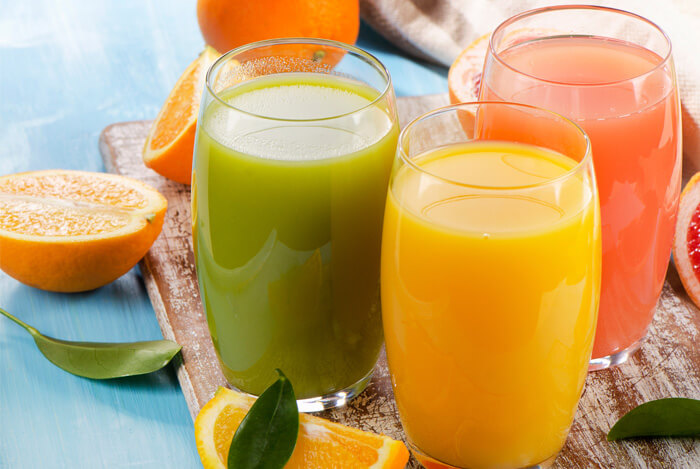
Fruit juice is one of those things that most people drink to try and consume more fruit. It’s a healthier alternative to soda, right?
Well… maybe not so much. Some fruit juices have more sugar than Coca Cola.
One big reason is that fruit juice doesn’t have the fiber of whole fruits. That fiber helps slow the absorption of sugar, letting your body handle it easier. Without that fiber, you’re susceptible to sugar highs and crashes, as well as overeating.
Sticking to whole fruits is the way to go. Rather than orange juice, why not buy fresh oranges? Or, swap out fruit punch for berries, grapes, and watermelon.
The real problem is that fruit juice is high in calories and very easy to overeat.
2. Sports Drinks

Athletes consume sports drinks for the electrolytes and carbs. Electrolytes perform a variety of functions in the body, a major one being regulating your body’s fluids. They’re key for staying hydrated and ensuring optimum performance during exercise.
The thing is, you don’t lose electrolytes as fast as you might think.
You actually lose water much faster than electrolytes. Sports drinks were originally made for high-level athletes, like football players and marathon runners. It’s only through high-intensity or high-endurance physical exertion that we need to replenish electrolytes and carbs to maintain hydration and performance.
For shorter workouts, they’re largely unnecessary.
Somewhere along the line, the recommendations for athletes became one for everyone, and Gatorade and other sports drinks became a staple item in seemingly everyone’s gym bag.
3. Vegetable Oils
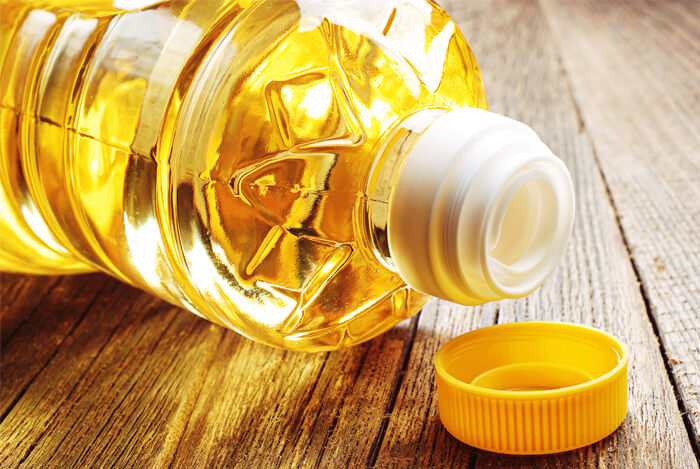
There are plenty of healthy fats found in fish, nuts, beans, and meat. And when it comes to these healthy fats, omega-3 fatty acids are the primary type you want in your body.
Omega-6 fatty acids are not the same thing.
An ideal ratio of omega-6 to omega-3 fatty acids is right around 1:1. The average ratio for American diets, however, is anywhere from 15:1 to almost 17:1.
Omega-3s and omega-6s are in competition with each other, so a diet high in omega-3s reduces the impact of omega-6s, in the process reducing inflammation and the risk of chronic diseases.
Why discuss omega-3s and omega-6s to such great length here?
Most vegetable oils are high in omega-6s, and low in omega-3s.
There are, however, a few healthy vegetable oils that aren’t so high in omega-6 fatty acids. Olive oil and coconut oil break the trend, offering a healthy ratio of fats – so emphasize those two instead of the typical vegetable or canola oil.
4. Whole Wheat
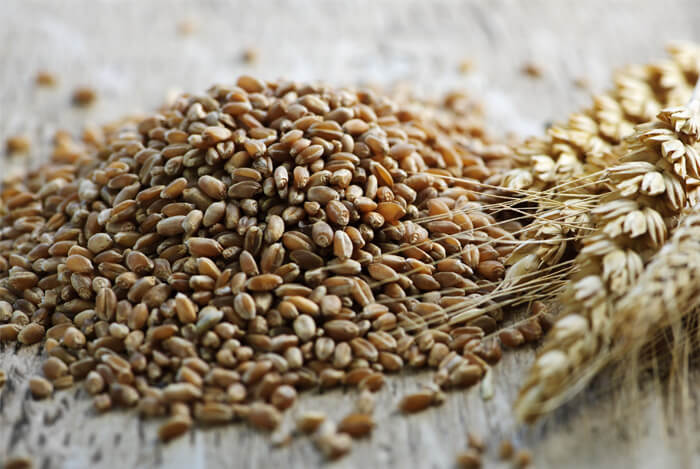
Walk down the bread aisle in your grocery store. Take a look at the different types of bread.
What do you see?
“Whole Wheat Bread.” “Made with Whole Grains.” “Multigrain Bread.” “Wheat Flour.”
There are so many different kinds! But what does it all mean?
Not much, to be honest.
Labels can be misleading. There’s only one thing you should look for on a package of bread, one nutritional claim that you can trust means exactly what it says: “100% Whole Grain.”
There are a ton of different loopholes to make bread sound healthier than it is. “Whole” is a buzzword in the nutrition industry, and going for “whole” foods – fresh fruits and veggies, for example – is a good practice to get into.
Unfortunately, “whole” can also be used in misleading ways. “Whole wheat” is essentially no different than anything else made with wheat. “Whole grains” contain the entire kernel of grain, while anything else has the essential parts of the grain stripped away, removing important nutrients and fiber.
This doesn’t mean most breads are unhealthy, just that you have to make sure you don’t buy too much into the hype.
Just because a product says “made with whole grains” or “whole wheat” doesn’t mean you can eat as much as you want. Bread still has calories, and you need to factor that into your dietary goals.
5. Low-Fat and Fat-Free Foods
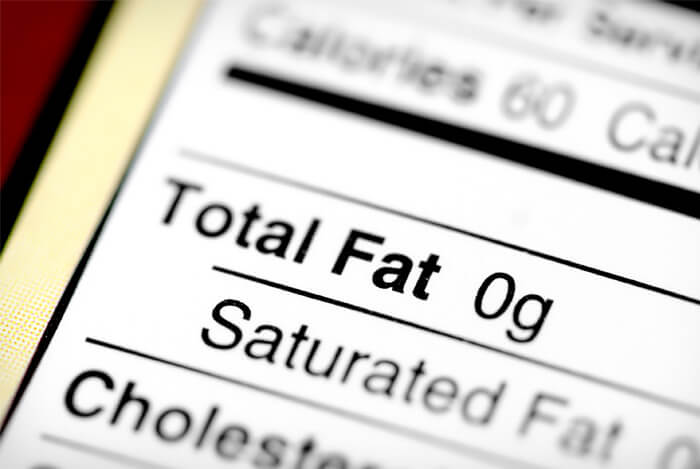
Fat used to be considered this horrible thing. And why not? Fat makes you fat, right?
Well, not exactly. Over time and with more research, it turned out fat doesn’t actually make you fat, excess calories do. Still, the damage had been done, flooding shelves with “low-fat” and “fat-free” products designed to help save dieters from horrible fats.
The problem is that many low or non-fat products developed a health halo, where people thought they were healthy in any amount, despite being high in calories.
Naturally, to improve the flavor, many of these products have a lot of added calories from sugar.
6. Margarine and Fake Butter
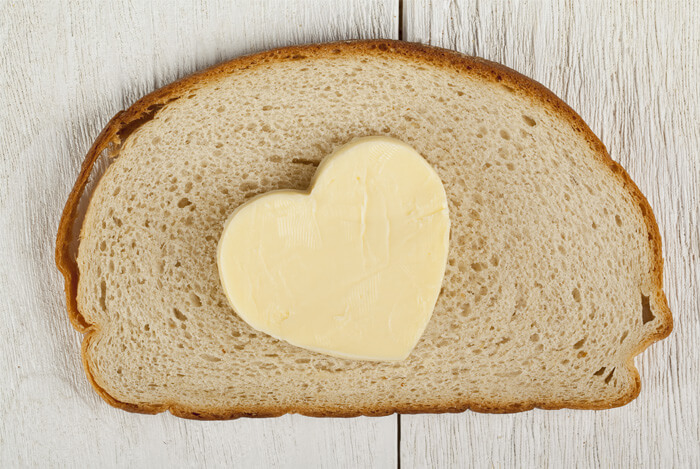
Another result of the era of “anti-fat” nutritional advice was the major increase in the use of margarine and other alternatives to butter.
The thing is, butter is fine in moderation.
Real butter tends to be high in vitamin K2 which plays an important role in blood clotting, tissue health, and bone health. Paired with vitamin D and calcium, it makes for a winning combination for bone and joint health.
Beyond that, studies have shown that margarine contributes to increasing the risk of heart disease due to large amounts of trans fats, while butter is shown to have no effect at moderate intakes.
Bottom line: there really is no reason to choose margarine over real butter. Stick to the good stuff and your body will thank you.
7. Pre-Made Parfaits
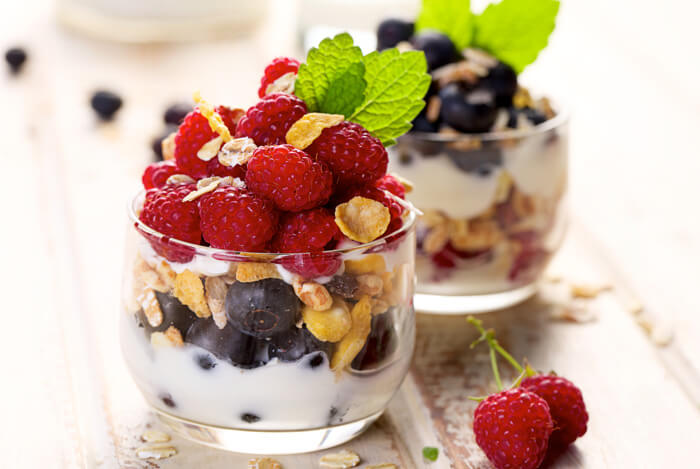
Yogurt, fruit, and granola. Parfaits sound really healthy, right?
Well, it can be. The thing is, the pre-made varieties tend to be very high in calories.
They’re easy to overeat, yet many people assume they don’t really count because they’re marketed as “healthy.”










